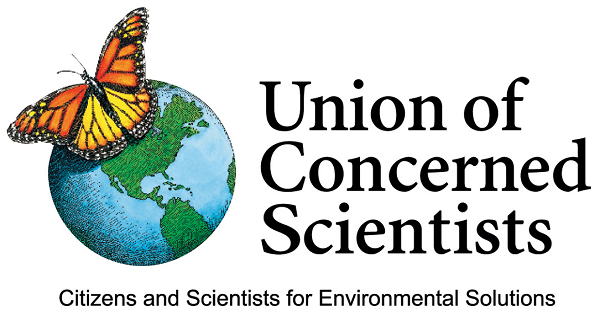Part 2 of 2 Parts (Please read Part 1 first)
In the state of Idaho, the waste being reclassified is stored at a nine hundred square mile Energy Department site in the southeastern part of the state that includes the Idaho National Laboratory. In the state of Washington, such waste is stored at the Hanford Nuclear Reservation. This site is a decommissioned nuclear site in the south-central part of the state that produced plutonium for nuclear bombs during the Cold War. In South Carolina, it’s stored at the three hundred square Savannah River Site. This site is the home of the Savannah River National Laboratory.
The Energy Department, in its statement to the Associated Press, said that it is “is committed to utilizing science-driven solutions to continue to achieve success in tackling the environmental legacy of decades of nuclear weapons production and government-sponsored nuclear energy research.”
Last week the Energy Department also made public a draft environmental assessment based on the new interpretation to move some contaminated equipment from the Savannah River Site to a commercial low-level radioactive waste disposal facility located outside of South Carolina. Potential storage sites that might be used for this purpose are located in Andrews County, Texas and Clive, Utah.
Previously, the Energy Department utilized a public process and said that under the new interpretation, they had approved moving up to ten thousand gallons of wastewater from the Savannah River Site. Some of this wastewater will be moved to a site in Texas. A similar public process would be used concerning additional reclassified radioactive waste at the Savannah River Site or at the sites in Idaho and/or Washington.
The U.S. has no permanent storage for high-level radioactive waste. Reclassifying some of the high-level waste under the new interpretation announced by the Energy Department means that it will be legal to send this waste to commercial facilities for storing radioactive waste that is has been reclassified as low-level waste.
Edwin Lyman is the director of Nuclear Power Safety at the Union of Concerned Scientists which is a nonprofit watchdog group. He said that his group agreed that radioactive waste should be classified using a technical analysis rather than a legal definition. However, Lyman also said that “any decision made under this new interpretation has to be backed up by solid analysis and a strong commitment to public health and safety and environmental protection.” He also said that he was concerned that the new interpretation might possibly hinder development of a permanent storage for high-level radioactive waste. Most of this waste currently sits above ground at sites where it was produced. It is stored in cooling pools or dry casks. “It shouldn’t be used as an excuse not to move forward with a repository. That’s the danger.”
The Energy Department was shipping high-level waste to Idaho until a series of lawsuits between the state and the federal government in the 1990s led to a settlement agreement. The agreement is seen as preventing the state from becoming a high-level nuclear waste repository. The Idaho site is located above a giant aquifer that supplies water to cities and farms in the region.
Radioactive Waste 833 – The Biden Administration Reaffirms Trump Reclassification Of Some Types Of Radioactive Waste – Part 2 of 2 Parts

